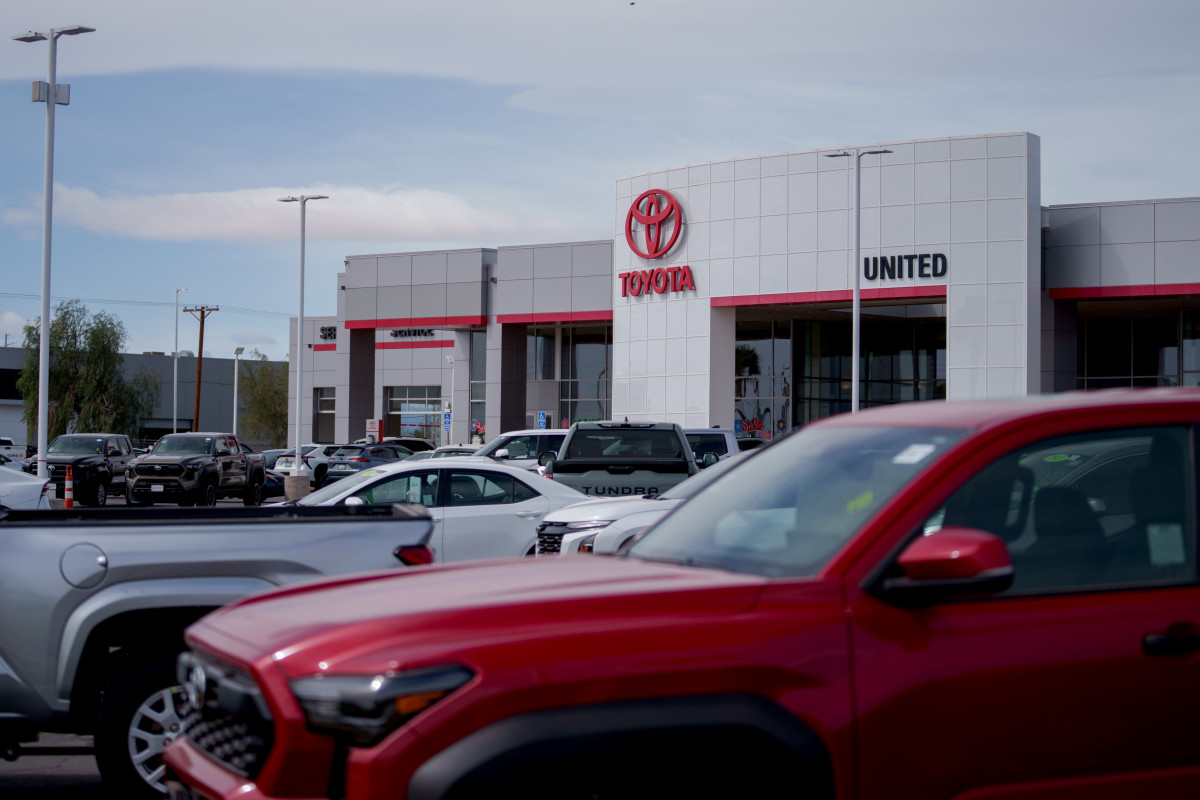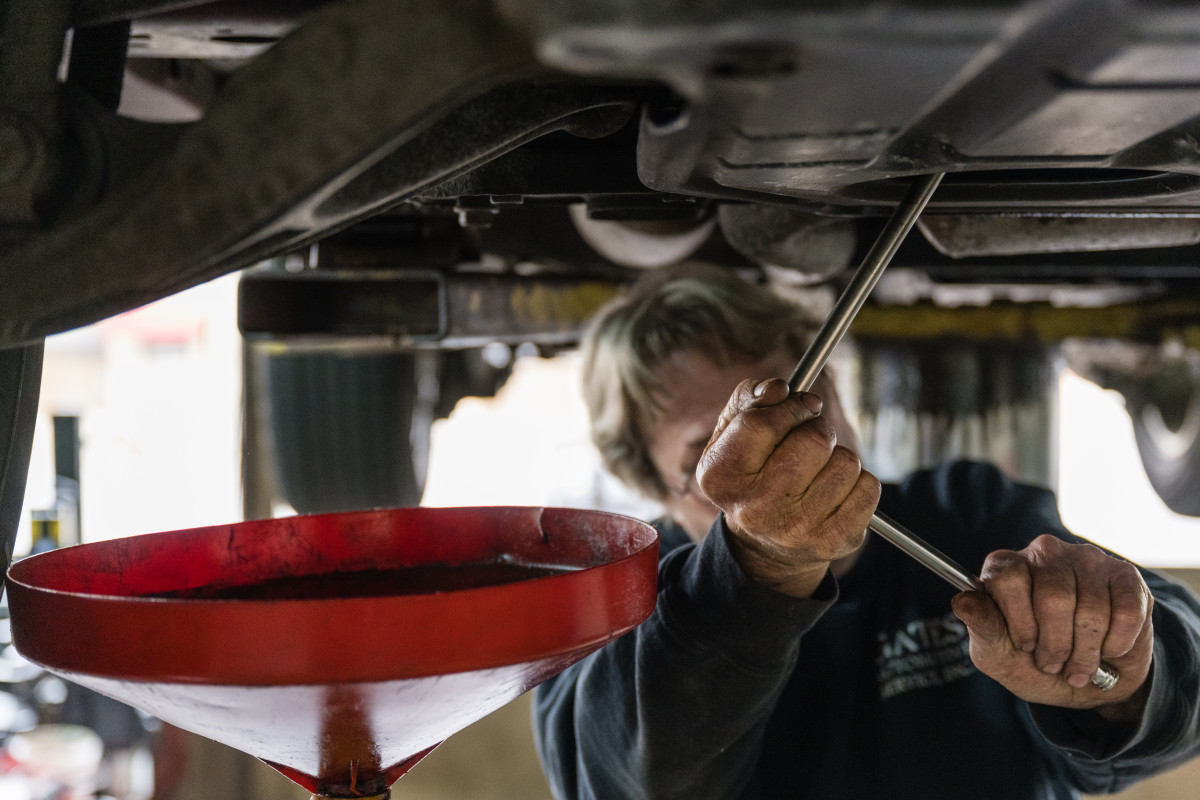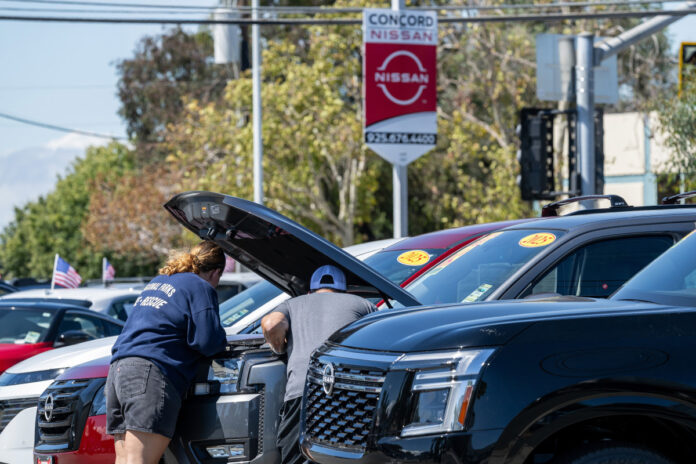Car debt is piling up fast
Americans are sinking deeper into auto debt. According to new data from Edmunds, the average amount owed on an “upside-down” car loan — when a vehicle is worth less than what’s owed on it — has reached a record high of $6,905. In the third quarter of 2025, 28.1% of all trade-ins toward new car purchases had negative equity. That’s up from 24.2% in the first quarter and marks the highest level in over four years. Nearly one in four of those underwater trade-ins carried more than $10,000 in debt.
The trend suggests that many Americans are still carrying the financial scars of the pandemic car market, when prices soared and buyers took on longer, more expensive loans to get into vehicles that are now worth far less.
“Those choices are now catching up”
“The sheer amount of debt consumers are carrying in their trade-ins should be a wake-up call,” said Ivan Drury, Edmunds’ director of insights. “Much of this stems from shoppers trading out of vehicles too quickly, or carrying loans taken out during the pandemic car market frenzy, when prices were at record highs. Those choices are now catching up, making it far harder to buy again without piling on even more debt.”
Getty Images
The numbers back that up: nearly one in three underwater owners owe between $5,000 and $10,000 — and a growing share owe far more. Edmunds found that 8.3% of trade-ins with negative equity carried more than $15,000 in debt.
Bigger loans, higher payments
Rolling old debt into a new car loan is compounding the problem. In Q3, car buyers who traded in vehicles with negative equity had an average monthly payment of $907, compared to the overall industry average of $767. They also financed about $11,000 more than the typical new-vehicle buyer.
Getty
Those higher payments come at a time when car loan interest rates remain stubbornly high and vehicle prices have yet to fully retreat from their pandemic peaks. The result is that fewer buyers can get out from under their loans before trading in, leaving many in a financial bind when it’s time for a new ride.
What owners can do
There’s no easy way out of negative equity, but experts say there are steps owners can take to stop the problem from getting worse. If you can, wait until you’ve paid down more of your balance before trading in,” said Joseph Yoon, a consumer insights analyst at Edmunds. “But if you do need to replace your car, make sure your next purchase fits your budget, not just your needs. The right vehicle choice can prevent a short-term decision from becoming a long-term setback.”
Getty Images
Yoon also advises reviewing your loan paperwork before trading in. Canceling add-on products, such as extended warranties or service contracts, can sometimes result in a small refund that helps reduce your balance.
Final thoughts
With nearly a third of new car buyers bringing old debt into their next purchase, America’s auto market is showing signs of deeper financial strain. For many, the only way to avoid sinking further underwater is to slow down, pay off what’s owed, and resist the urge to trade in too soon, even if that means hanging onto a car a little longer than planned.
